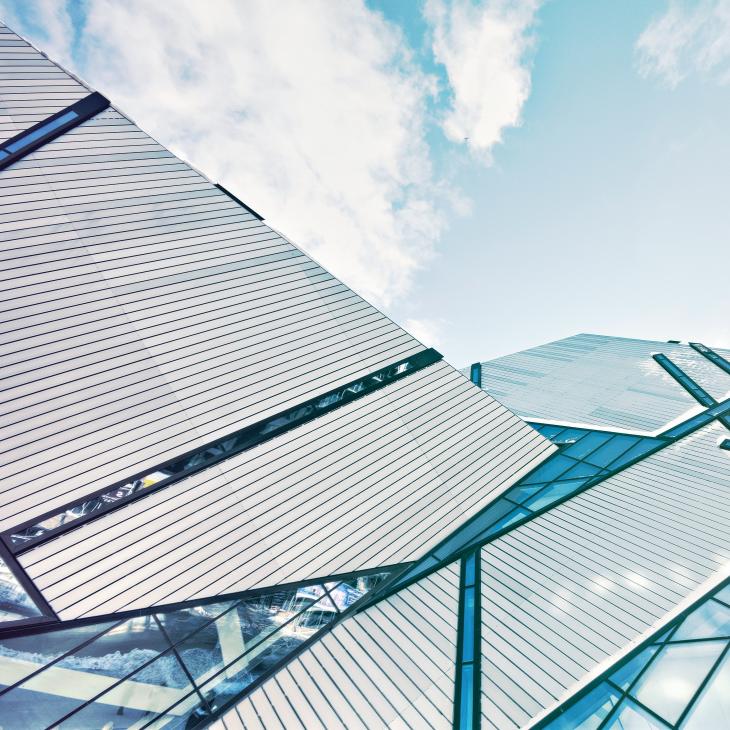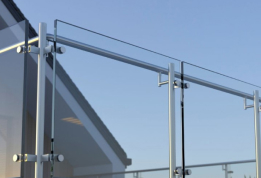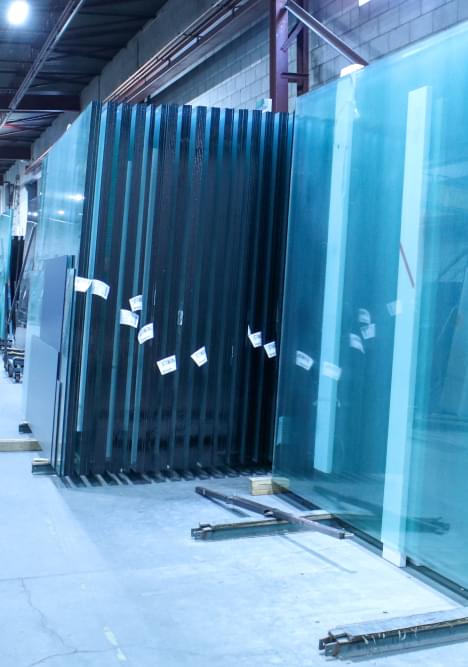Architectural Glass Through the Ages
Whether it is energy efficient, laminated, toughened, clear or tinted, glass is a staple for modern architecture and is never overlooked when designing commercial and residential buildings.
Before it earned its great popularity and accessibility these days, only wealthy people could really afford the lavish look that glass brings to a building. In particular, the earliest form of architectural glass was created for the most significant structures in Italy and was very expensive if used in building homes.
As glass production continued to grow increasingly in the ensuing years, glass doors and windows have remained to be exclusive for the rich to afford. Take for example the particular case in England wherein the more glass windows a home contained the more wealthy the owner was considered. This being the case, it’s quite unthinkable that there was a time before when people were taxed depending on the number of glass windows found in their homes. When this said tax policy was lifted, the price of architectural glass also dropped significantly to almost half the original cost.
With the advent and introduction of automated float glass manufacturing techniques, the addition of glass became widely available at a moderate cost but with the same high quality. This production method was utilized to make flat glass panes, in which molten glass was being poured into a thin bath for it to spread smoothly and flat. What further increased the manufacturing of architectural glass in history was the advancement in steelmaking.
Steel frames became the most commonly used material to support buildings. It meant that the walls could then be relieved of their load-bearing burden and be made entirely of glass, or popularly known as curtain walls. With this advancement, architects along with glaziers were pushing glass to its limits. Though glass material is very delicate, it can be strong and flexible, which makes the possibilities endless when it comes to its design.
If you’re interested in incorporating glass in a functional and beautifully unique way into your next building project, please contact us at All Team Glass to find out how we can make your design vision a reality.

Whether it is energy efficient, laminated, toughened, clear or tinted, glass is a staple for modern architecture and is never overlooked when designing commercial and residential buildings.
Before it earned its great popularity and accessibility these days, only wealthy people could really afford the lavish look that glass brings to a building. In particular, the earliest form of architectural glass was created for the most significant structures in Italy and was very expensive if used in building homes.
As glass production continued to grow increasingly in the ensuing years, glass doors and windows have remained to be exclusive for the rich to afford. Take for example the particular case in England wherein the more glass windows a home contained the more wealthy the owner was considered. This being the case, it’s quite unthinkable that there was a time before when people were taxed depending on the number of glass windows found in their homes. When this said tax policy was lifted, the price of architectural glass also dropped significantly to almost half the original cost.
With the advent and introduction of automated float glass manufacturing techniques, the addition of glass became widely available at a moderate cost but with the same high quality. This production method was utilized to make flat glass panes, in which molten glass was being poured into a thin bath for it to spread smoothly and flat. What further increased the manufacturing of architectural glass in history was the advancement in steelmaking.
Steel frames became the most commonly used material to support buildings. It meant that the walls could then be relieved of their load-bearing burden and be made entirely of glass, or popularly known as curtain walls. With this advancement, architects along with glaziers were pushing glass to its limits. Though glass material is very delicate, it can be strong and flexible, which makes the possibilities endless when it comes to its design.
If you’re interested in incorporating glass in a functional and beautifully unique way into your next building project, please contact us at All Team Glass to find out how we can make your design vision a reality.







